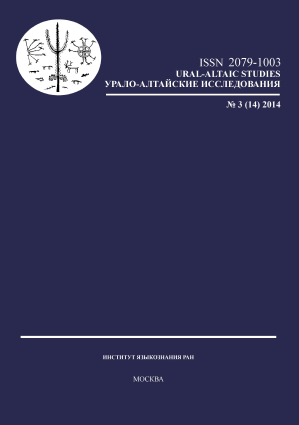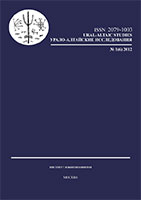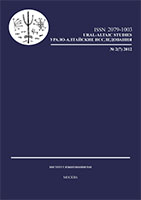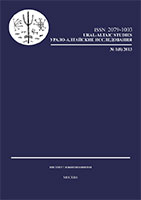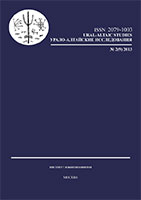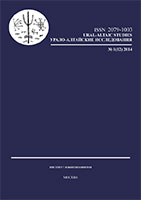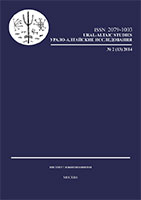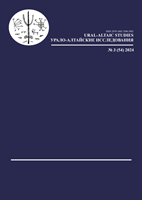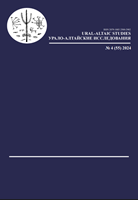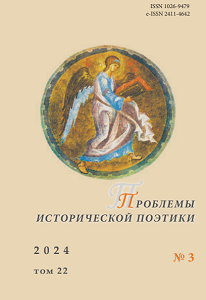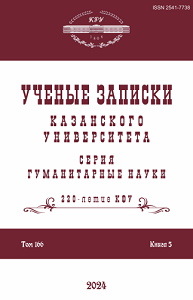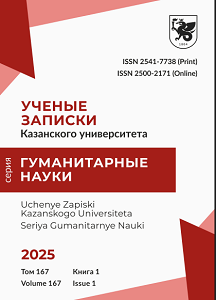Author(s): N. V. Gabdreeva,He Yuan,Van Yucong / Language(s): Russian
Issue: 1/2025
Loanwords are the terms borrowed from one language to another as a result of cultural contacts and thus carrying valuable information about the multifaceted mutual impacts, both direct and indirect, between different languages. In the history of Russian lexicology, much attention has been paid to words originating from European languages (Anglicisms, Gallicisms, and Germanisms), while the evolution and adaptation of Chinese loanwords have received little interest so far. In this article, the use of Chinese loanwords in the Russian texts of the 19th and early 20th centuries, specifically in the works by B.A. Pilnyak, a distinguished Soviet writer, and Y.P. Kovalevsky, a famous Russian traveler, scholar, and public figure, was analyzed. By introducing new sources into the scholarly discourse, the functional characteristics of these words were examined, as well as their forms and meanings, variant types, and other relevant features. Since many of them are not reflected in the existing lexicographic records, the results obtained are especially important. Many Chinese loanwords coined in the Russian language are still to be identified and described, which requires the incorporation of new text corpora and the work with explanatory and etymological dictionaries. The insights gained unveil the history of contacts between Russia and China.
More...
